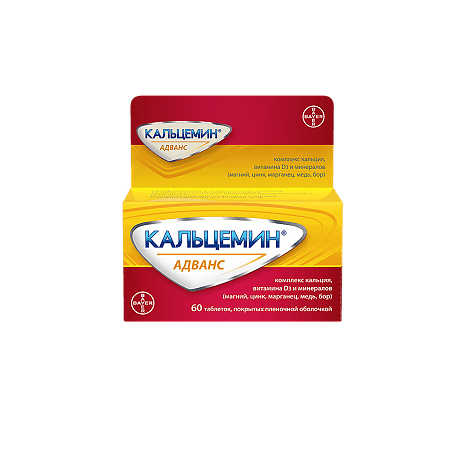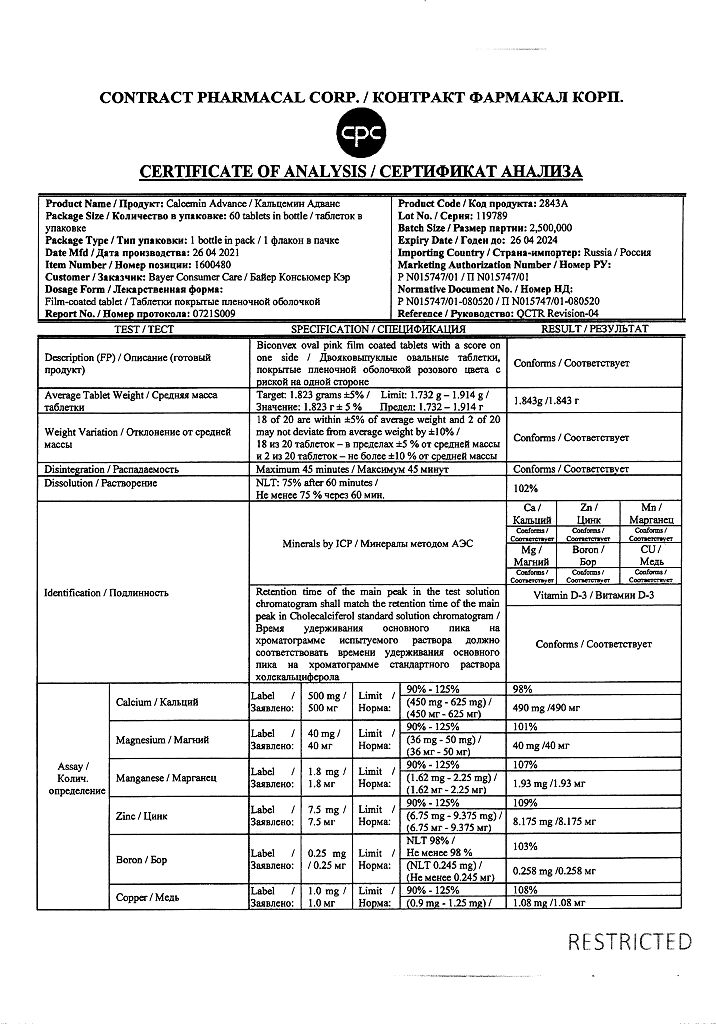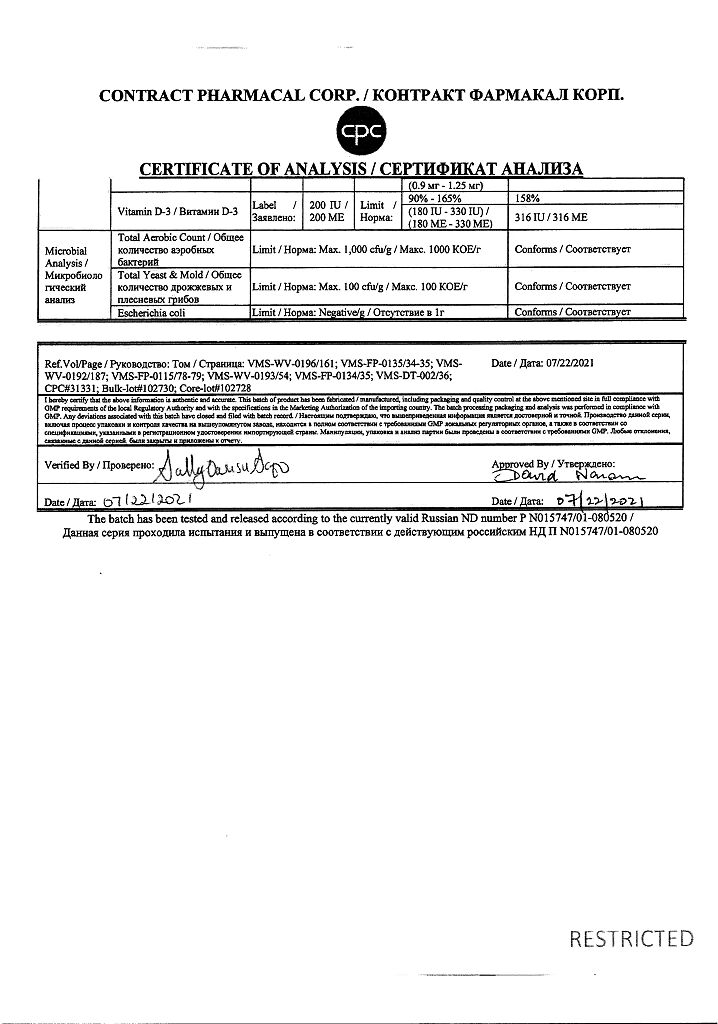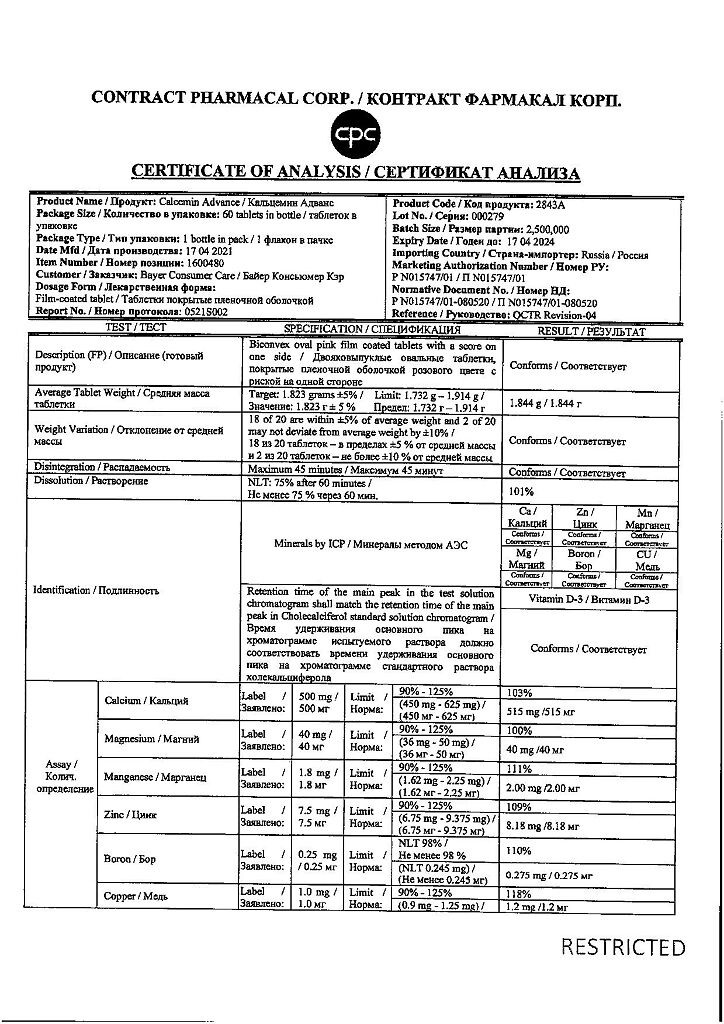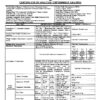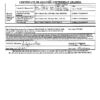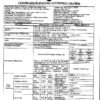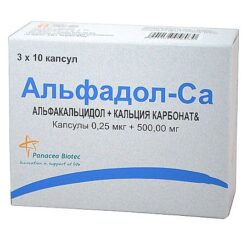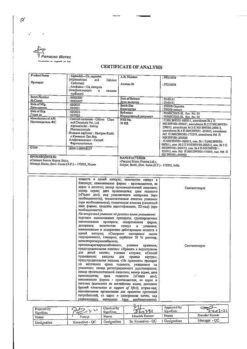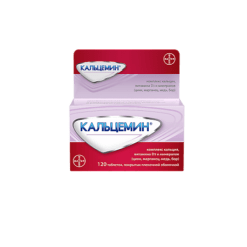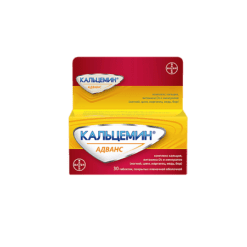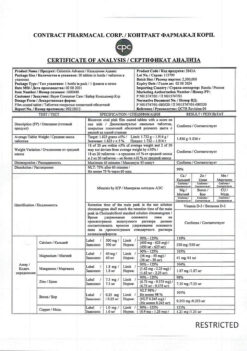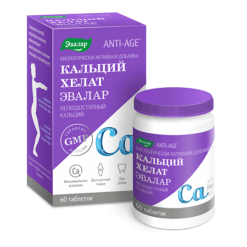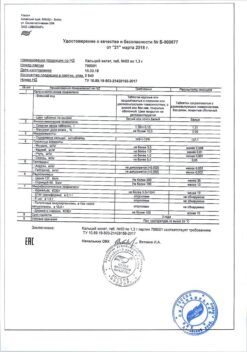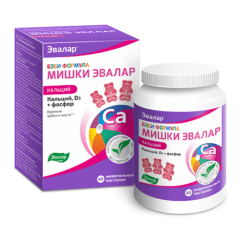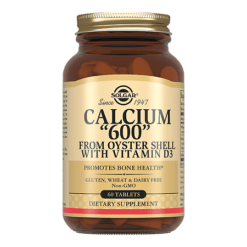No products in the cart.
Calcemin Advance, 60 pcs.
€29.10 €24.25
Description
A combined product containing vitamins, micro- and macro-nutrients.
The action is due to the properties of the constituent ingredients.
Form of release
Form of release
Film-coated tablets.
Additional information
| Shelf life | 3 years |
|---|---|
| Conditions of storage | In a dry place, at 15-30 °C |
| Manufacturer | Contract Pharmacal Corporation, USA |
| Medication form | pills |
| Brand | Contract Pharmacal Corporation |
Related products
Buy Calcemin Advance, 60 pcs. with delivery to USA, UK, Europe and over 120 other countries.

